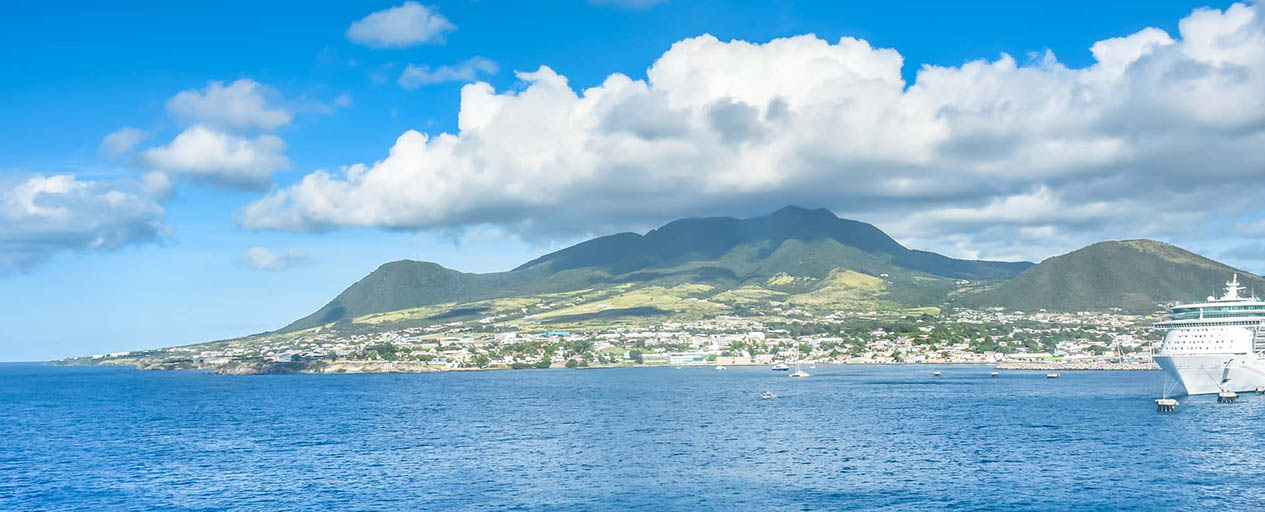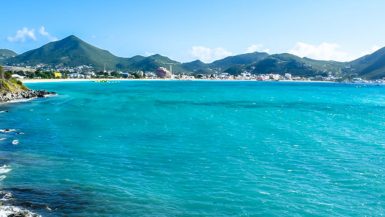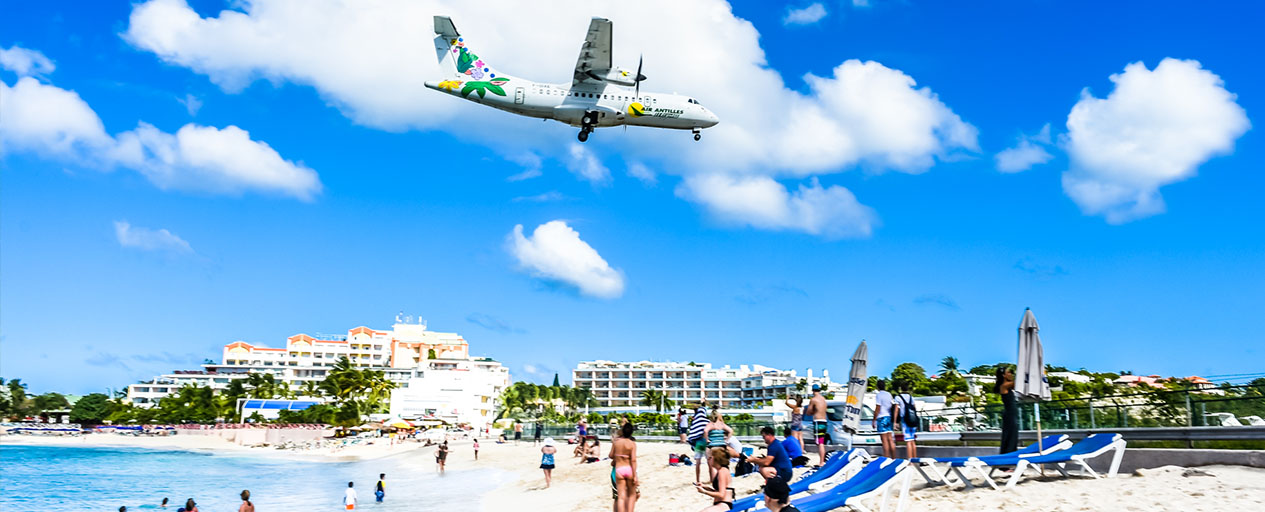The title is a hint in itself because you might assume that each of the different countries in the Caribbean would have its own currency. You would be right, they mostly do. But that doesn’t actually answer the question.
Currencies that I’ve come across in the Caribbean have been the Eastern Caribbean dollar, the Bahamian dollar, the Netherlands Antillean guilder, the Jamaican dollar, and the Barbadian dollar, and there are of course many others. All are accepted in their respective countries and are the main currency for the locals.
But visitors are a different story. Because tourism is so huge for the Caribbean, and the vast majority of visitors come from the US, (many of which are on cruise ships), I think the Caribbean islands have realised is it easier for everyone if they just charge visitors in US dollars. Either that or they understand foreign exchange and know they can actually charge more in terms of their local currency if they charge USD. I think there’s probably a little bit truth to both of these assumptions.
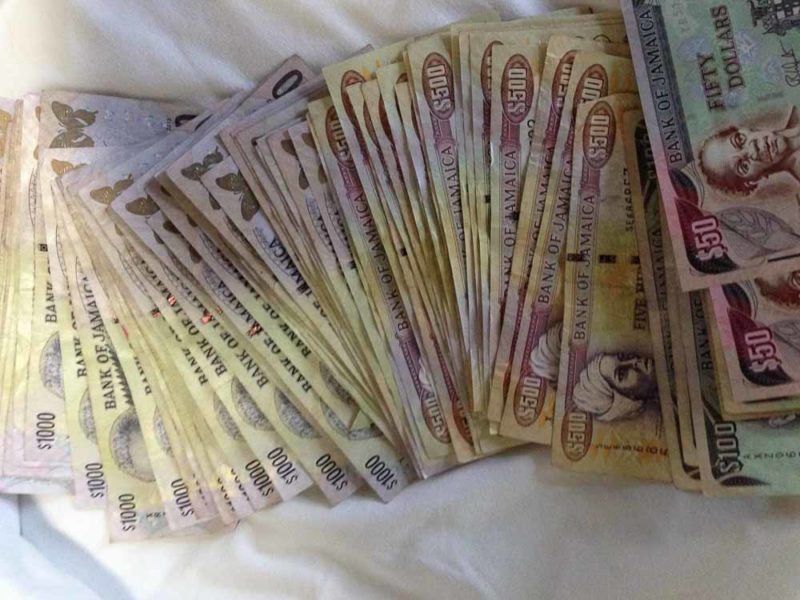
And then, of course, some Caribbean countries, actually do use the US dollar as their main currency. The US and British Virgin Islands both use the US Dollar, Turks and Caicos also use the US dollar as their primary currency, as does Puerto Rico.
I tell this story about when I first visited Jamaica. We landed in Montego Bay and needed to get to Negril and I knew that most places preferred cash and many probably didn’t even take card so I was stressing because I actually owned zero Jamaican dollars. I bought about $500 worth thinking that should be enough to get me through 4 days on the island.
The problem was, I couldn’t spend the damn things!
No one would accept my Jamaican dollars, they all just wanted USD, even the resort. And since I didn’t want to get rorted at the currency exchange both ways, I made sure I spent it. Somehow I did, we bought some souvenirs, probably some food and cigars, but I’m sure that most purchases weren’t 100% crucial to our stay.
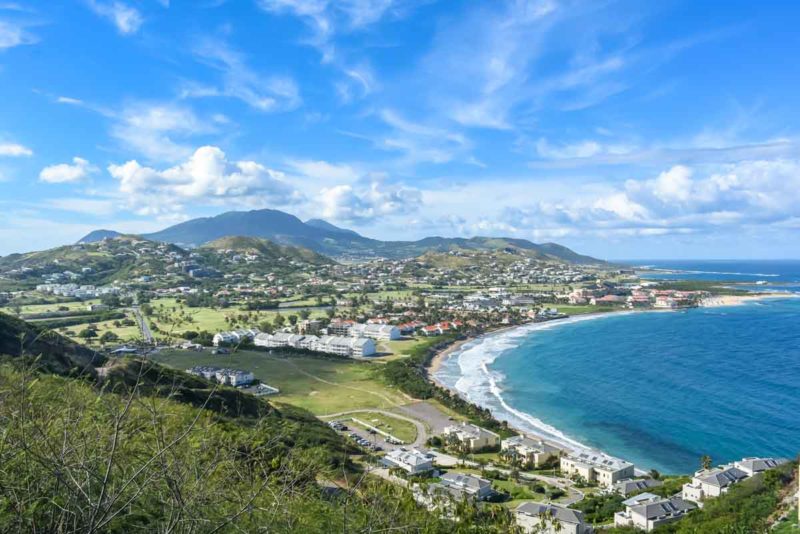
On a subsequent trip earlier this year, I also noticed the same thing. This time we were on a cruise ship visiting 6 different islands with 3-4 different currencies. I don’t actually know how many different currencies there were because I didn’t buy any this time.
Need a driver? Pay in USD. Want to party at a beach bar in Barbados? The menu is in USD. Want to buy a sweet Caribbean shirt with flamingos on it? The lady in the hut will gladly take your USD.
I think the other part of this conversation though, is that when you actually find a place on one of these islands that only accept the local currency, you know you must be off the beaten track where most tourists don’t venture.
This happened a couple of times for me. In Negril, Jamaica we caught a lift into town and got some supplies at the local grocery store.
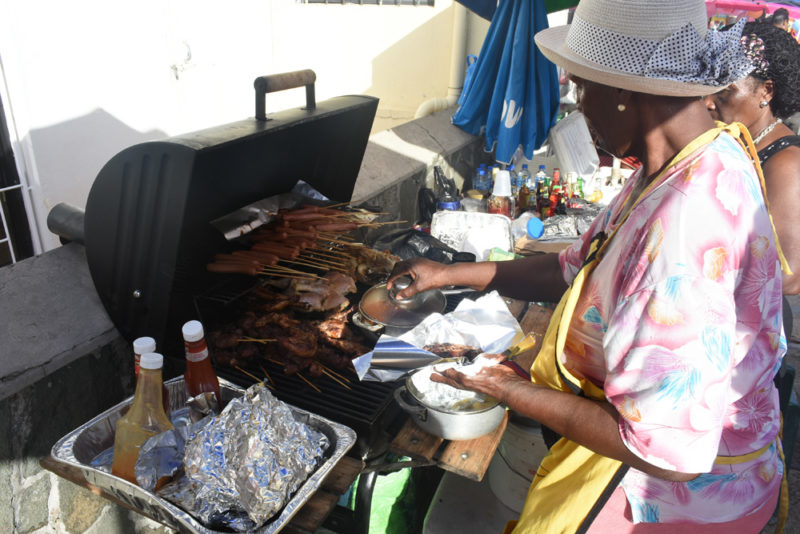
Then in St Lucia, it was the first couple of days in the new year and there was a festival going on. We wandered around, soaked in the jubilant atmosphere, and bought some jerk chicken off some lady’s barbecue. Honestly, it was one of the best meals I had on the entire cruise.
Anyway, for reasons beyond the scope of this article we did actually have some Eastern Caribbean Dollars in St Lucia so we paid her in that, but interestingly, she did also say she would have accepted USD. This was the exception though, because we paid for everything else in USD (which would be the best currency to take to St Lucia).
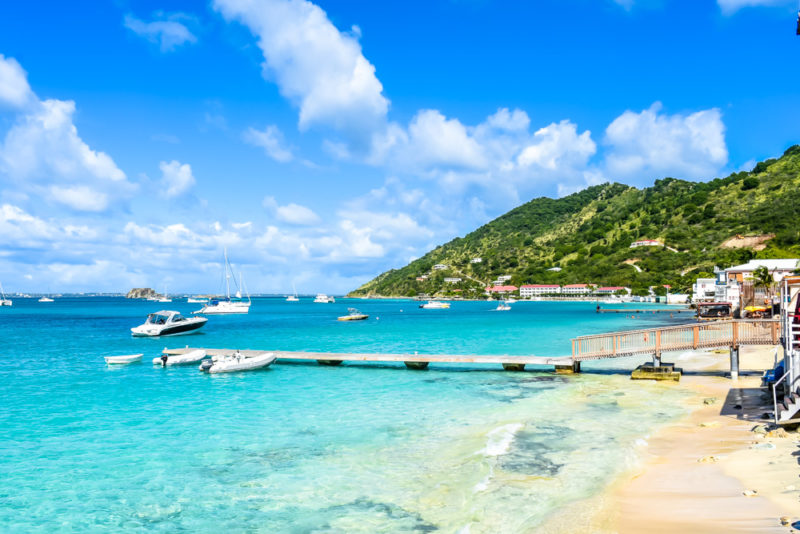
So to cut a short story even shorter, whether visiting for a day off a cruise or taking a short break on one island, the best currency for the Caribbean is the US dollar. You shouldn’t need any of the local currency. Sure, feel free to get a little for novelty sake, and just in case you come across someone in a small village that doesn’t accept USD. But the USD is almost like a second currency in the entire Caribbean region, so that would be very rare.
Did you enjoy this post?
Plenty more where that came from. Make sure to sign up for the mailing list to never miss the next one.

